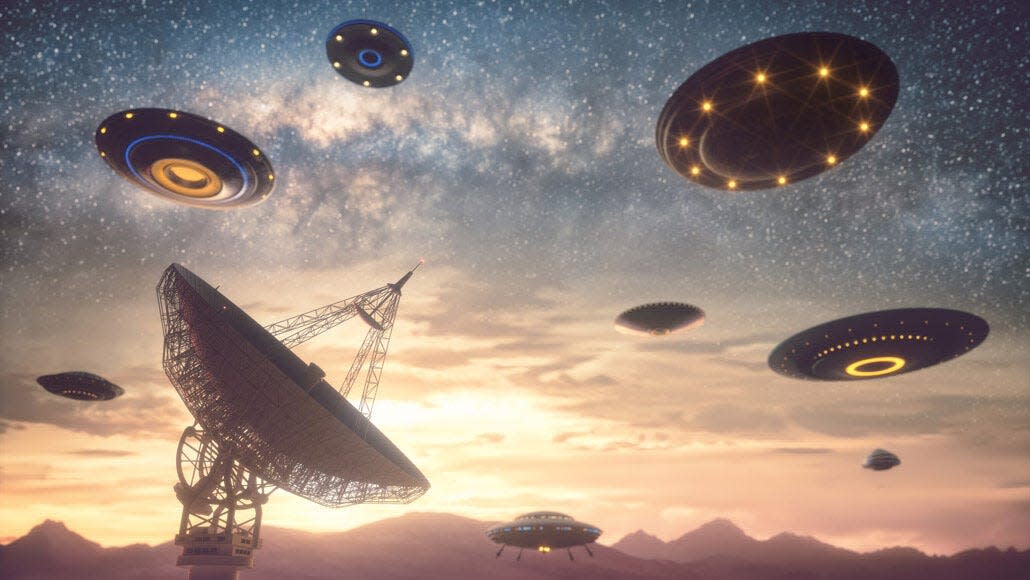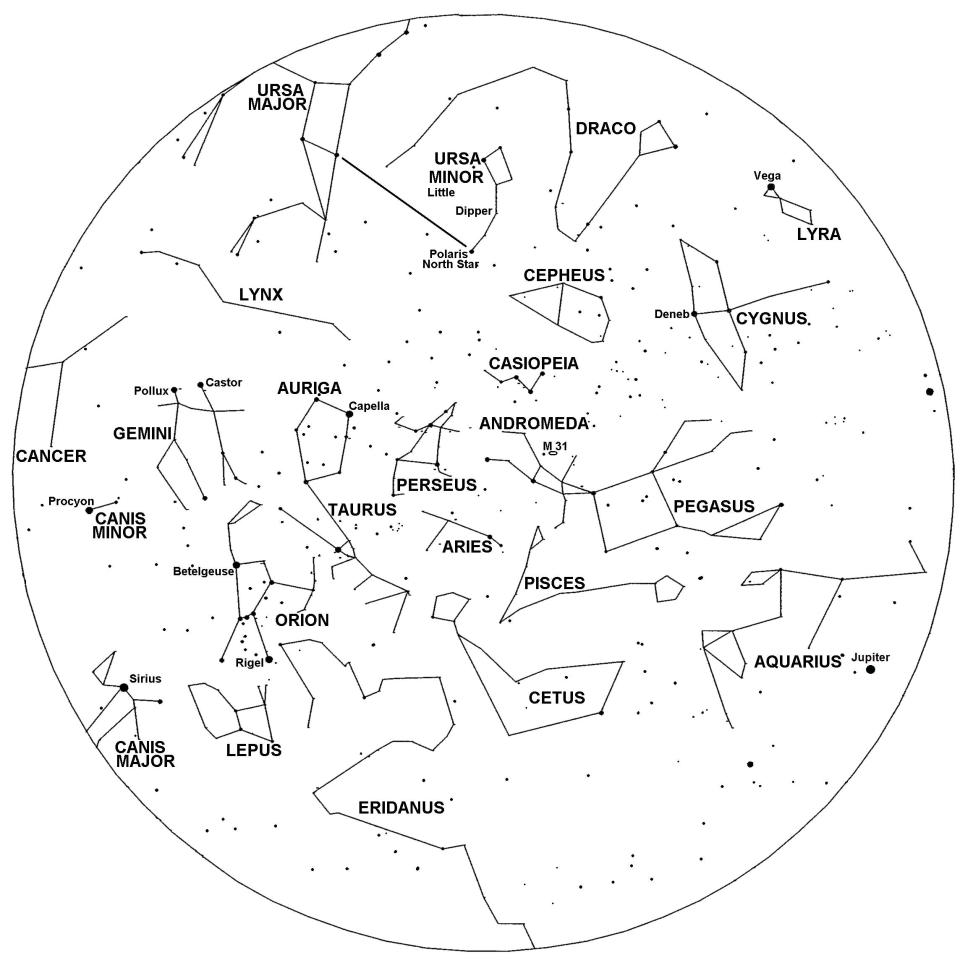Is extraterrestrial life inevitable? Some think so

Almost daily, someone, somewhere, reports seeing a UFO. Many of those claims are accompanied by shaky or blurry videos. Even the U.S. Navy has released videos from fighter jets of flying objects that the military can’t explain.
Despite all of that anecdotal evidence, the majority of astronomers believe that there is not a shred of hard evidence of extraterrestrial visitations. Most astronomers do, however, believe that life does exist in locations other than Earth, perhaps even in our own solar system. Even NASA’s official position is that extraterrestrial life seems almost inevitable, and perhaps it is time we seriously prepare for finding it.
In a new scientific commentary led by NASA’s chief scientist, James Green, the space agency’s researchers believe now is the time to create a framework for reporting evidence of extraterrestrial life.
“Our generation could realistically be the one to discover evidence of life beyond Earth,” the team writes.
It is quite unlikely, the researchers believe, that a single event or discovery will unambiguously prove the existence of alien life. It is far more likely, they state, that the discovery of such life will be a long-term process with evidence coming in piecemeal.
Our ideas and beliefs will likely change as a result of scientific study.
“History includes many claims of life detection that later proved incorrect or ambiguous,” the researchers state.
We need, they say, to “recast the search for life as a progressive endeavor, where we convey the value of observations that are contextual or suggestive but not definitive and emphasize that false starts and dead ends are an expected part of a healthy scientific process.”
The researchers want to avoid splashy headlines that prove upon further analysis to be a false discovery of alien life. They feel we need to establish criteria for a “confidence of life detection” (CoLD) scale. The lowest levels of the CoLD scale might be represented by possible identification of plausible biosignatures, signs that an alien planet might be able to support life.
Higher levels of the CoLD scale should be reserved for specifically defined measurements of the existence of life. Their goal is to establish a common set of criteria for progressively establishing the existence of alien life.
I suppose the highest level of the CoLD scale might be when an alien spacecraft lands on the White House lawn, or that of some other major world capital, and holds a press conference unequivocally announcing their existence.
At 4:01 a.m. on Dec. 4, our Moon was closer to Earth than it has been all year, 221,702 miles, a condition some refer to as a Supermoon. Unfortunately, however, this occurs during the new Moon, so it wasn’t visible.
At 9:59 a.m. Dec. 21st, the sun will be as far south as it can be, marking our Winter Solstice and our shortest day of the year. But, if you live in South America, southern Africa, or Australia, it marks the Summer Solstice and the longest day of your year. Can you imagine never having the faintest hope of a White Christmas?

Planet Visibility Report
December begins with Venus, Saturn, and Jupiter all shining in the evening dusk. Pluto, Neptune, and Uranus are also up, and these six heavenly bodies make a slightly curved line from west to east. However, these last three are invisible without a telescope. Mercury is also in this lineup but is far too close to the sun to be seen. All of these will be in the evening sky all month. Only Mars graces the morning sky, rising about an hour and a half before the sun and slowly moving farther from the sun each day.
Mercury moves farther from the sun all month. On Dec. 28, it sits beside Venus. Both are quite close to the sun, so Mercury will still be virtually invisible, but brilliant Venus may be glimpsed if you have a clear view of the horizon immediately after sunset. The full Moon occurs on Dec. 18.
This article originally appeared on Oklahoman: Stargazing: Is extraterrestrial life inevitable? Some think so

